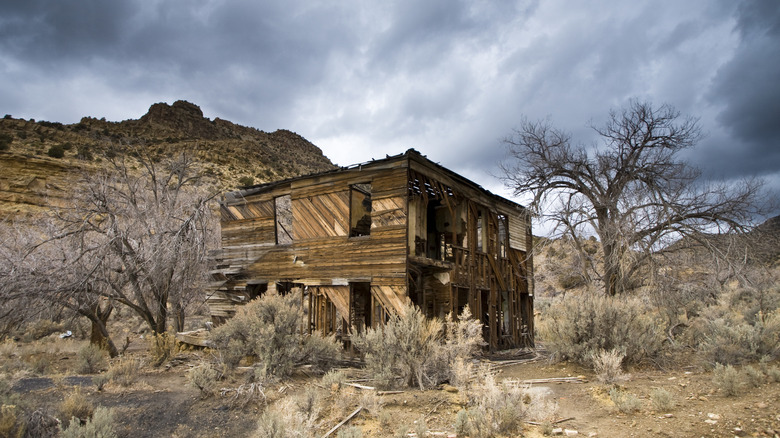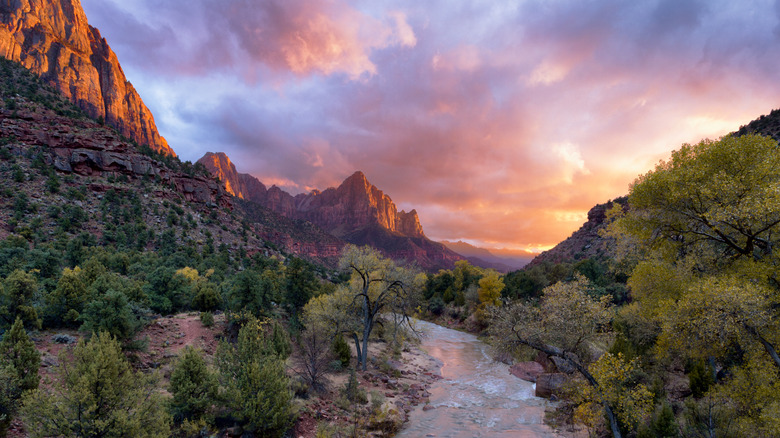The Great Basin National Heritage Area is a bleak, lonely place. Lost in the West Desert between Utah and Nevada, surrounded by towering peaks and wide-open skies, it’s remote, sparse, and empty. It is hardly believable that this harsh landscape was once home to one of the most profitable silver mines in the country and arguably the most infamous town of the American West. Now an eerie ghost town, Frisco, Utah, was once a thriving community of over 6,000 people. Originally founded as the final stop of the Utah Southern Railroad and the main post office for the San Francisco Mining District, the discovery of silver in 1875 resulted in a double boom of prosperity and lawlessness.
These days, Frisco isn’t really close to anywhere. Around 80 miles north of the breathtaking canyons of Zion National Park, it is surrounded by scrub, desert, and mountainous scenery. Milford, about 15 miles away, is the closest town of any note, and it is about 220 miles from both Salt Lake City and Las Vegas. As a result, getting there is a challenge, requiring a long drive along the interstate between Salt Lake City and Las Vegas before turning off onto Route 21 and heading out into the wilderness.
History of the ghostly ruins in Frisco, Utah
Given the town’s location and the extreme nature of the surrounding landscape, it is hard to understand how Frisco ever supported a sizeable population. There isn’t even a natural water source! But just like Gold Rush towns in California and the Yukon, money talks, and the Horn Silver Mine was lucrative enough to make overcoming hurdles worthwhile. As with many other towns in the American West during the 19th century, prosperity and riches bred lawlessness and decadence.
During its heyday, Frisco boasted a population of over 6,000, mostly miners, prospectors, and entrepreneurs providing services to this booming community. There were supposedly more than 23 drinking establishments, brothels, and gambling houses, an extraordinary figure for a town of this size. Legend has it that murders were a very, very regular occurrence. In an attempt to control the crime and debauchery, an equally violent lawman was sent to the town with a mandate to kill rather than imprison. However, the collapse of the silver mine in 1885 brought an end to Frisco, and by the 1920s, it was a ghost town.
Frisco is now a famous abandoned desert wonder of the American West. Wandering around the ghostly remains of this remarkable destination is quite an unnerving experience. Many of the buildings are still in existence, mostly in ruined conditions, along with the town cemetery. You can walk in the footsteps of history between tumbledown wooden shacks and the iconic 26-foot-high stone kilns shaped like beehives. For the best-preserved and most photographed historic ghost town, also check out Rhyolite in Nevada.




